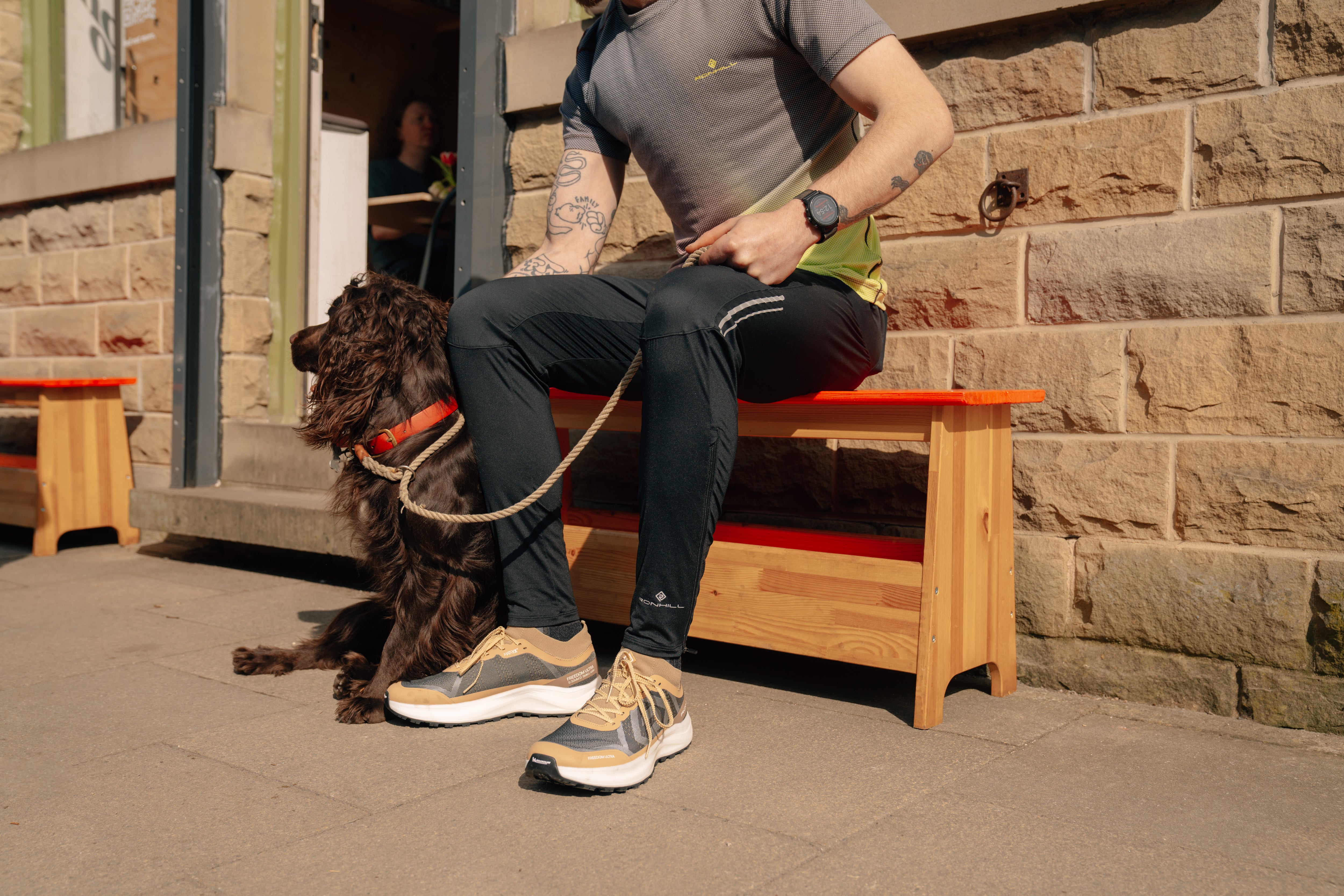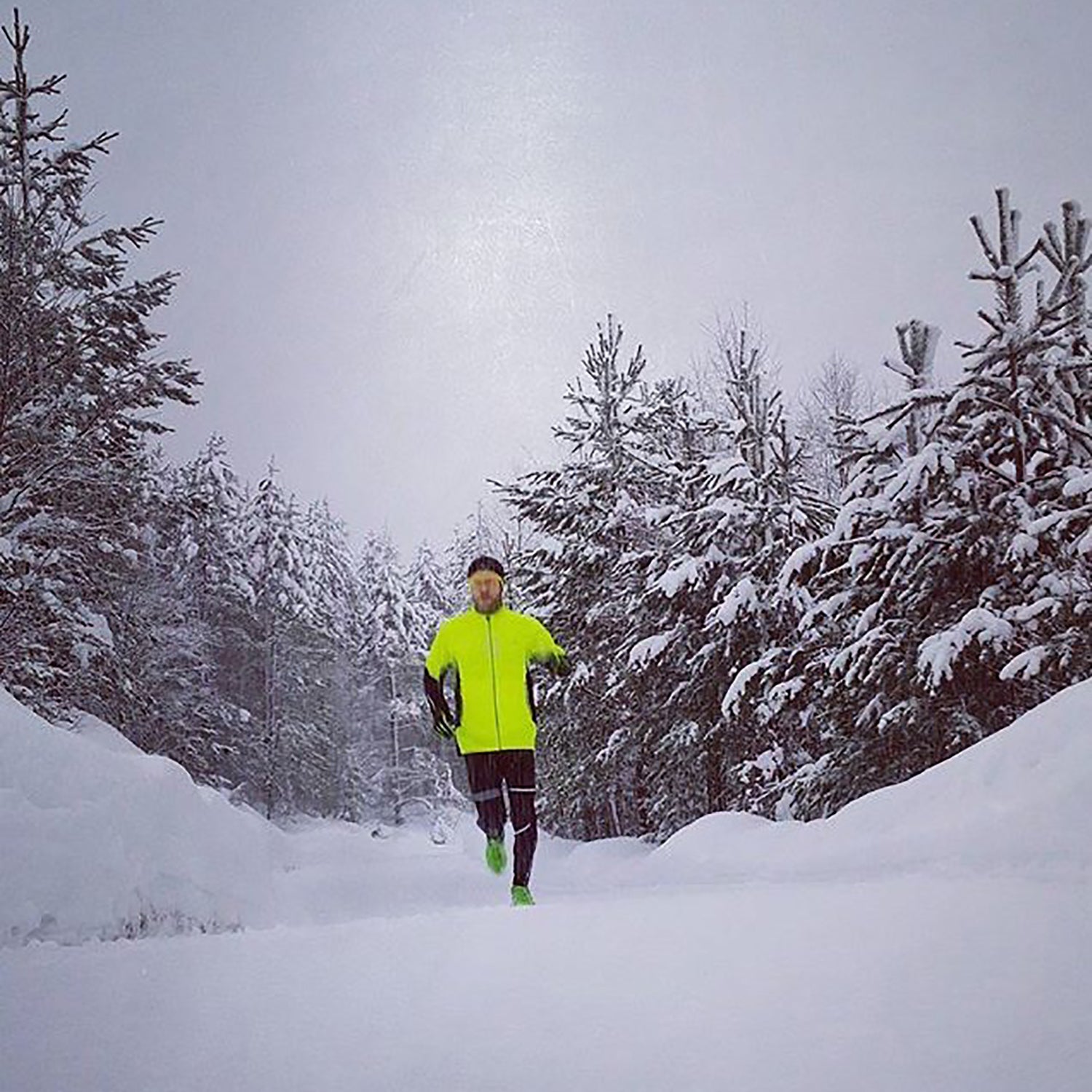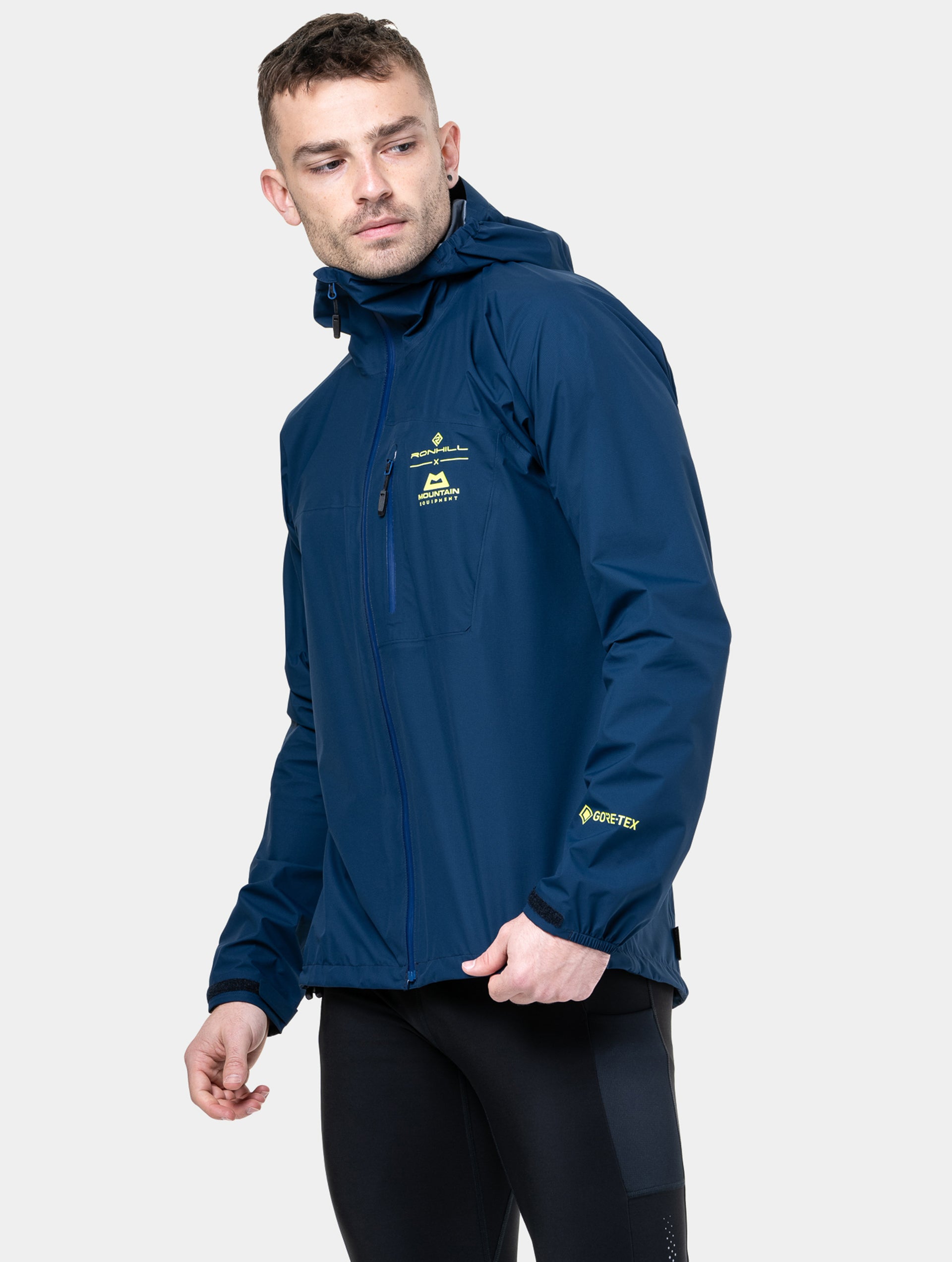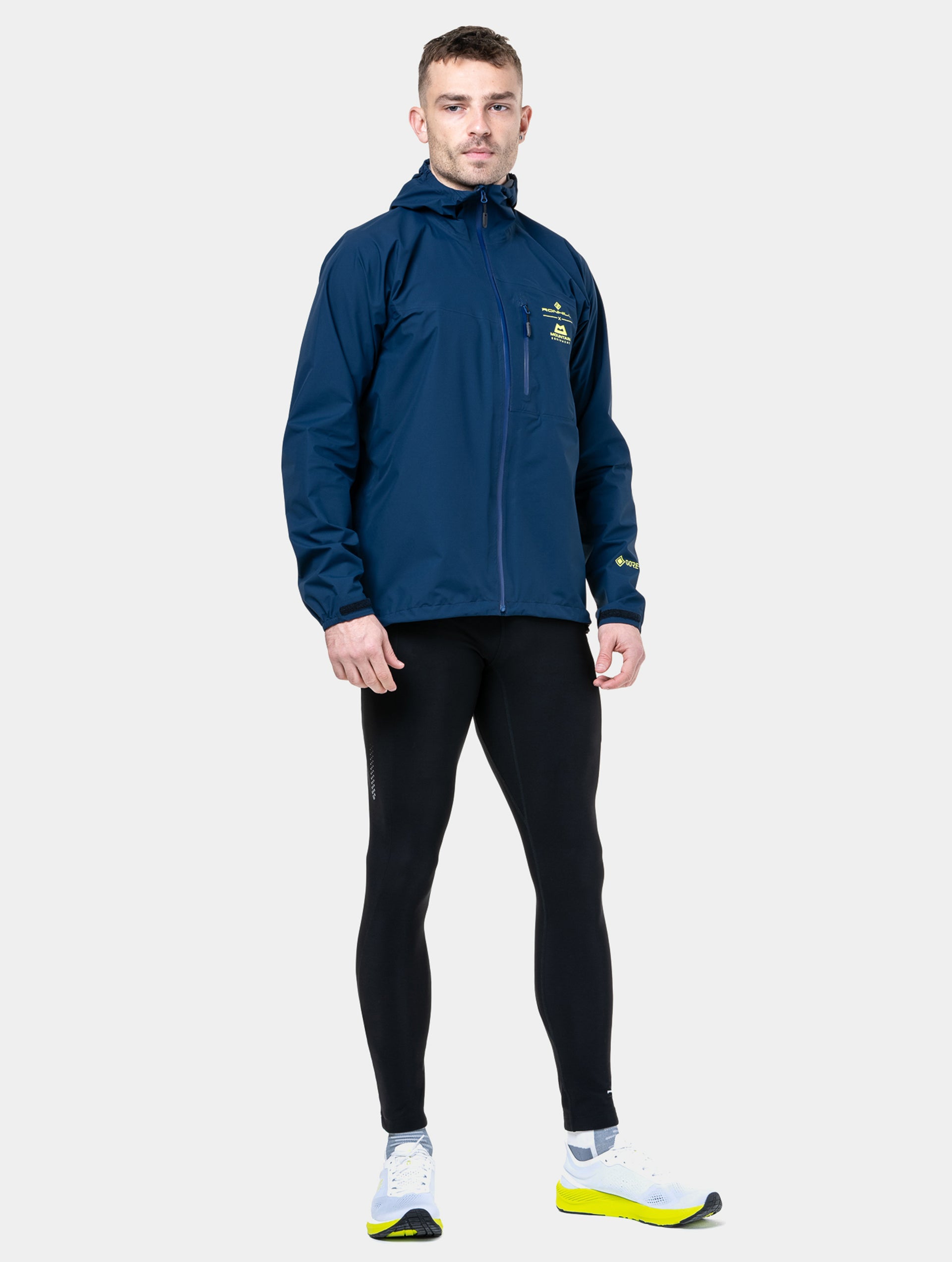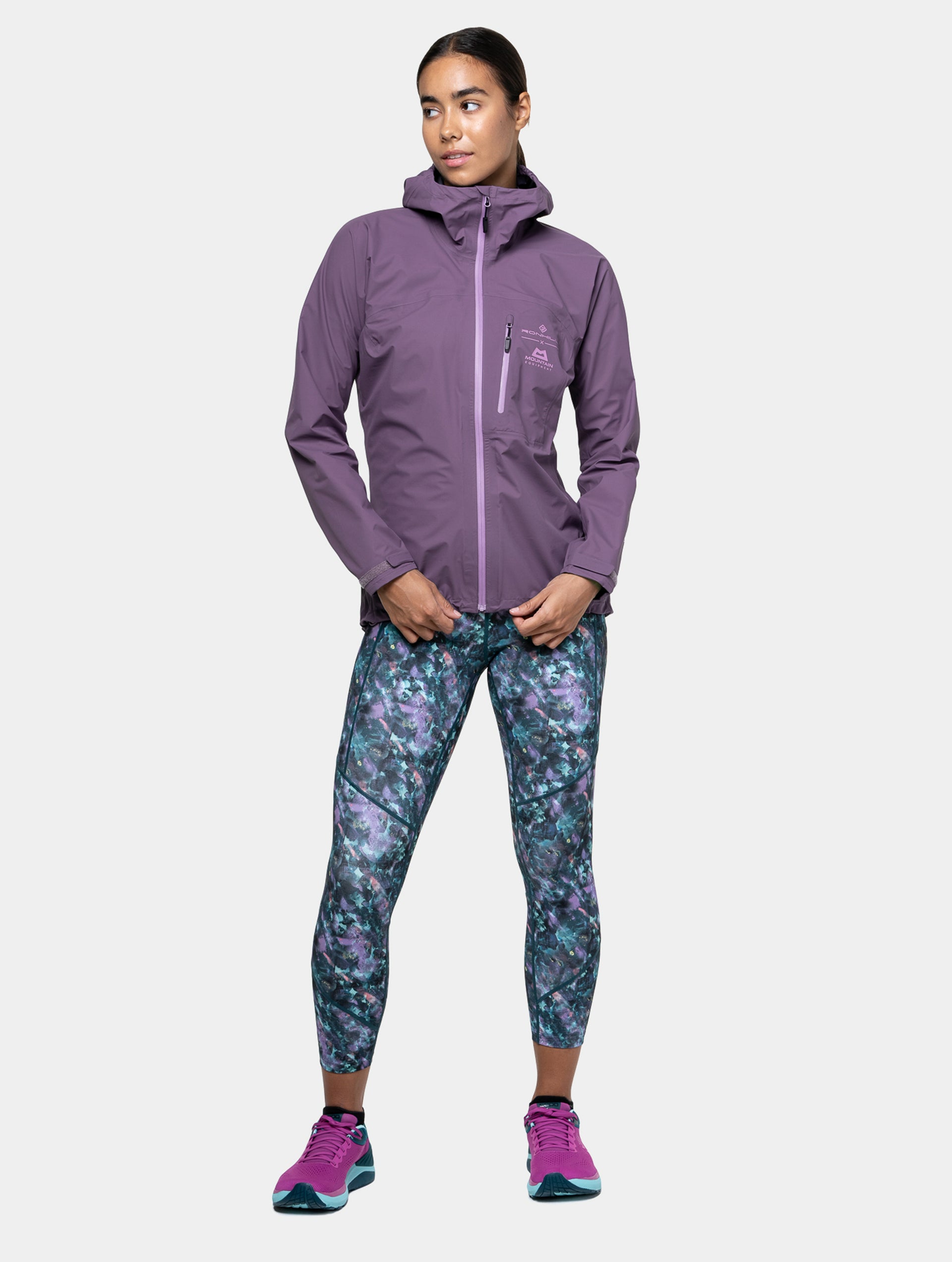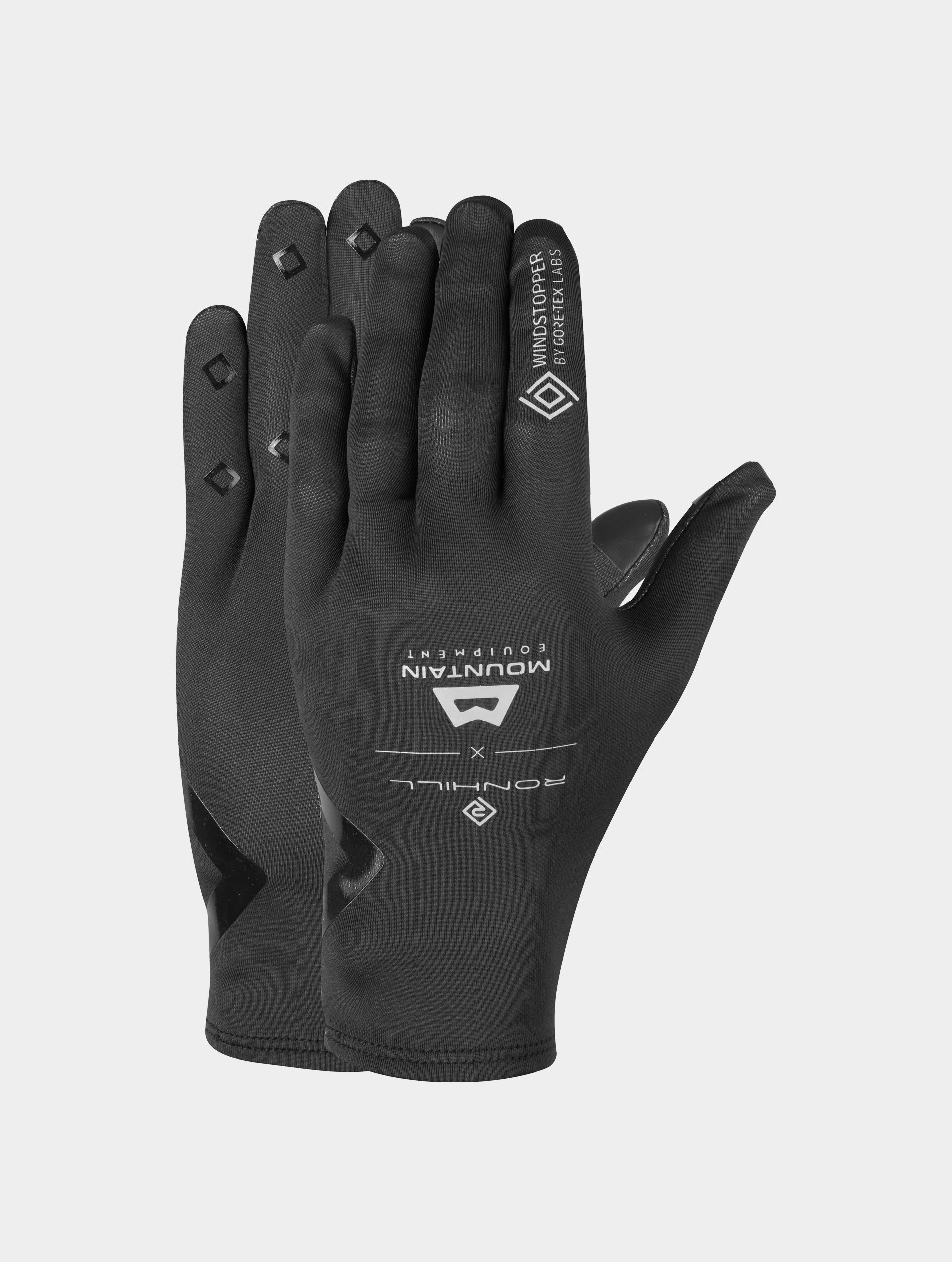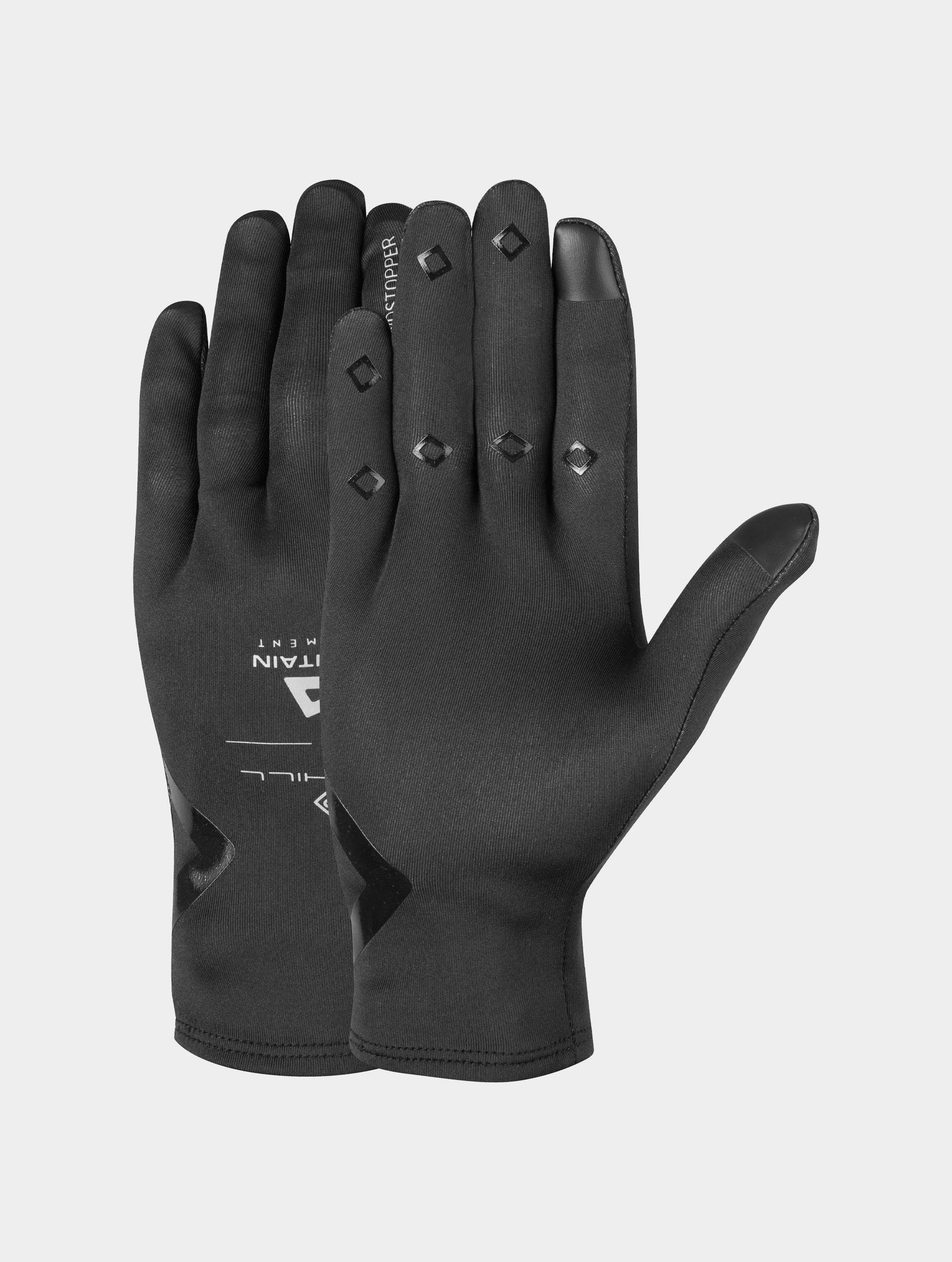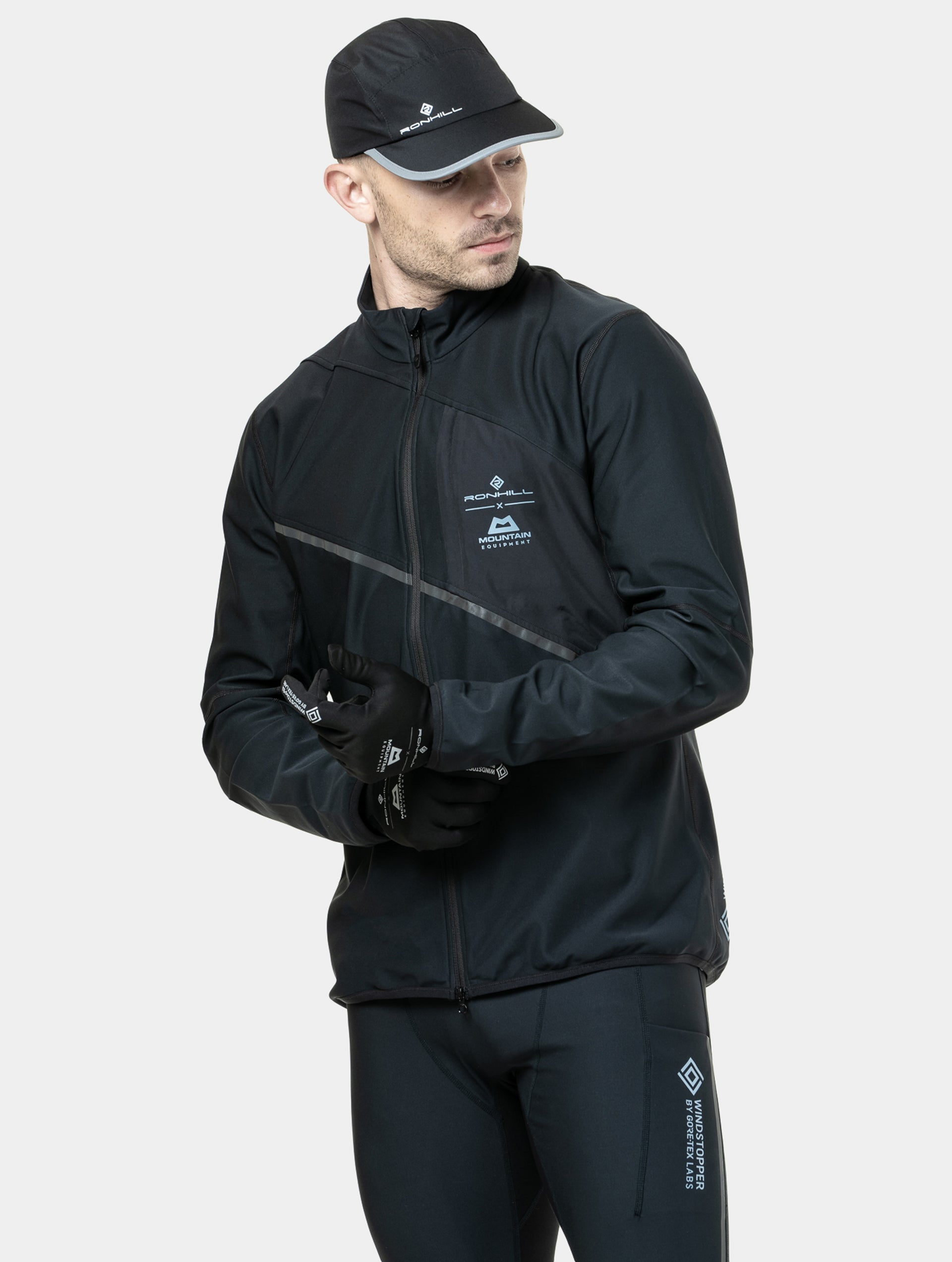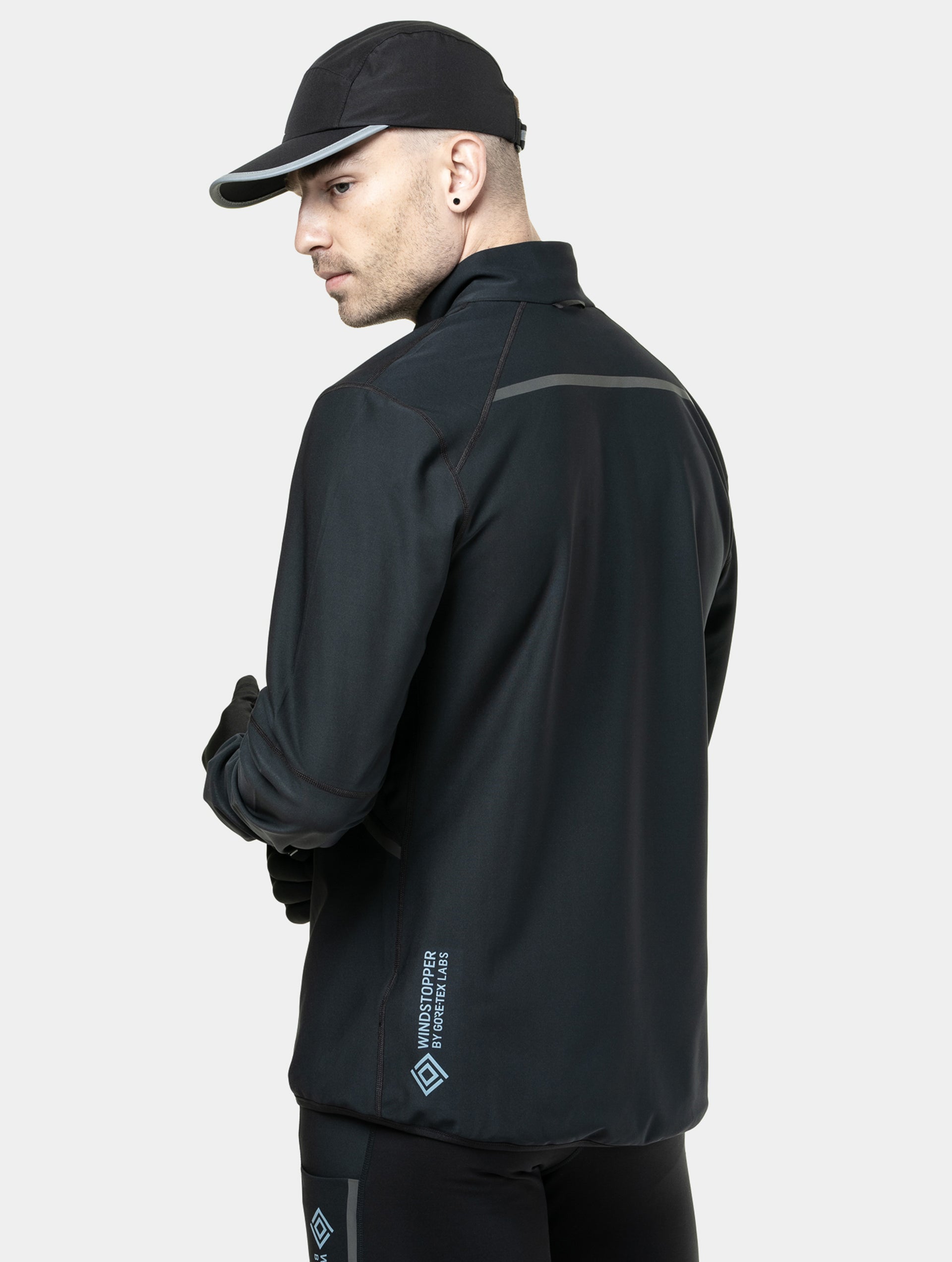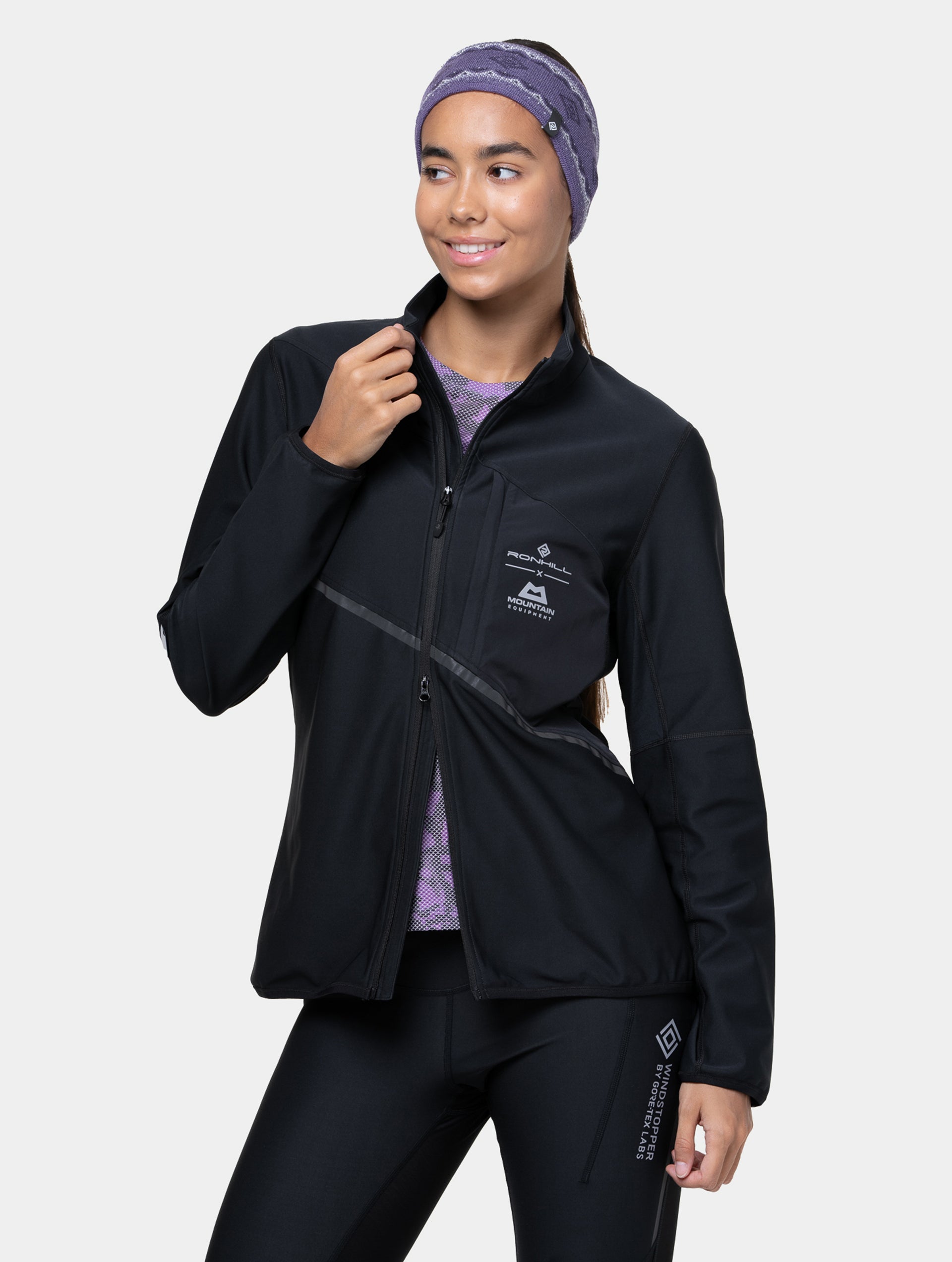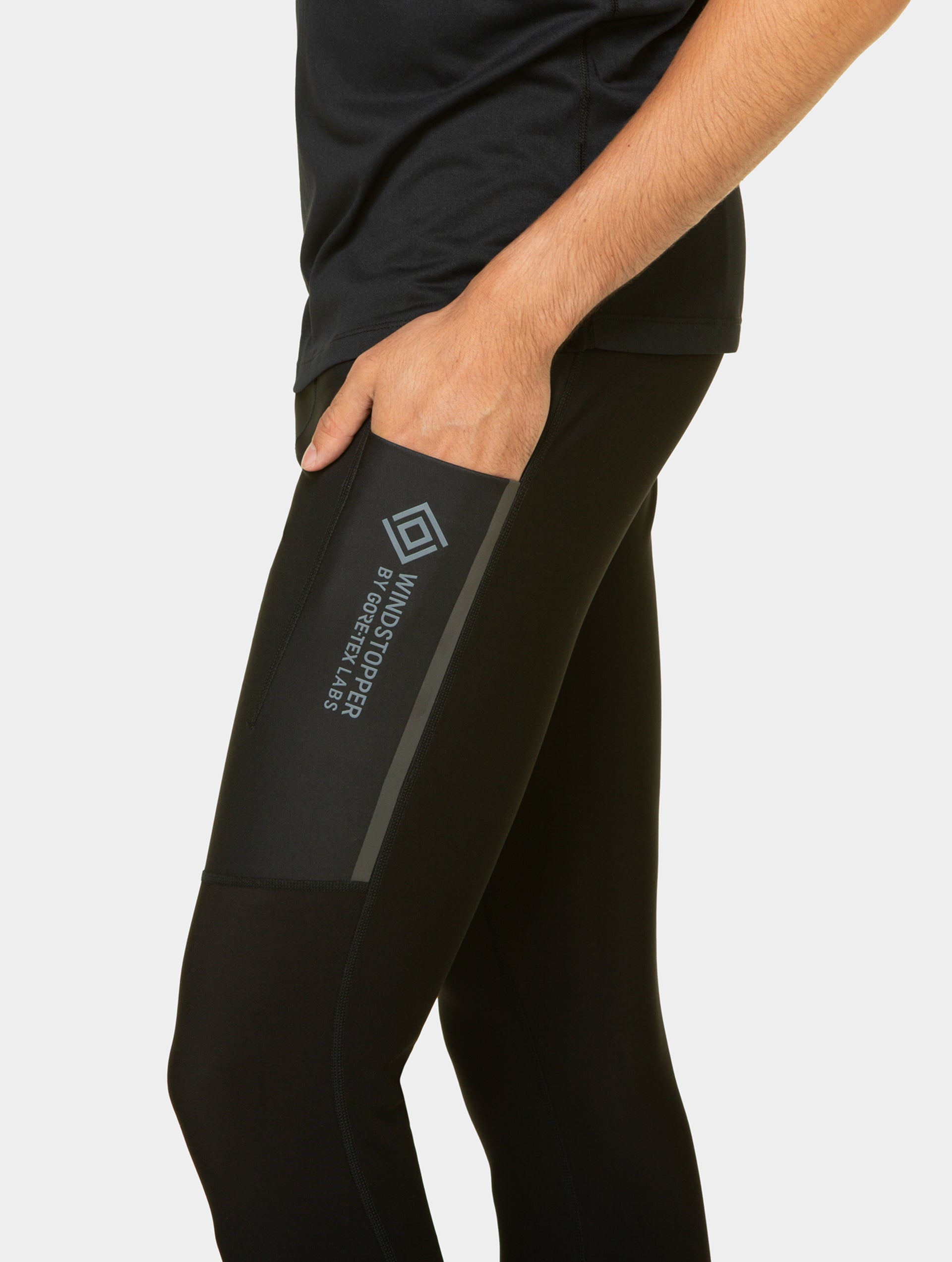What to Wear When Running in Winter: The Ultimate Winter Running Kit Guide
There is something uniquely refreshing about a run on a crisp winter's morning. The air is fresh, the streets are quiet, and you get an unbeatable sense of accomplishment for braving the chill. That being said, running in cold weather presents challenges that don't exist during the warmer months. Icy temperatures, darkness, wind, rain, and snowy roads can all make it hard to stay motivated and consistently active.
However, there's a saying: 'There's no such thing as bad weather, just bad clothing'. This is very, very true for running. The secret to comfortable and enjoyable running in cold weather is your kit.
Here, we'll explain exactly what to wear when running in winter and how to wear it, from layering to adapting your gear for colder temperatures. Whether you're training for a marathon or just trying to keep up your training through the winter, see how you can make the most of your gear this winter.
Why is it important to have a dedicated winter running kit?
Proper winter gear helps to:
- Regulate body temperature
- Manage moisture (rain on the outside, sweat on the inside)
- Protect you from harsh weather
Without the right winter running gear, you not only risk your safety, you also risk the quality of your sessions or even injury. Having the right gear means you can keep the right body temperature and lower the risk of injury due to harsh conditions.
There's more to it than comfort and safety, though. The right winter kit can help with your motivation. Getting out in the winter months can be challenging, with dark nights and crisp weather making a lie in more inviting than ever, but knowing that you have reliable gear designed for those conditions keeps you motivated and prepared to tackle the unpredictable weather.
Cold Weather Layering System
The foundation of any winter running outfit is a smart layering system. The goal of layering is to trap warmth while allowing sweat to escape. This balance will protect you from the cold while also preventing you from overheating.
Base Layer: moisture management and fit
The main role of your base layer is to keep you dry. Pick base layers with moisture-wicking fabric that will draw sweat away from your skin. Merino wool and synthetics like polyester blends work well as a base, as they are lightweight, great for moisture management, and dry quickly. For winter running, a good-quality thermal base top is an excellent starting point to avoid the crisp winds and staying comfortable.
Your base layer should fit snugly but not so snugly that it restricts your movement.
Mid Layer: insulation and breathability
The aim of a mid-layer is to keep you warm without trapping too much heat. Fleece, brushed polyester, or lightweight insulated materials work well here. Garments with mesh ventilation panels can maintain airflow well without making you too cold.
Ideally, it should be easy to remove your mid-layer if the sun comes out and you start overheating mid-run. Things like half-zip tops are great for easy temperature control.
Outer Layer: weather shield
The outer layer's job is to shield you from the elements. We see many runners opt for a cheaper option here; risking safety to save money. Speaking from experience, every penny spent on a quality, waterproof, breathable outer layer is the best investment for any runner. Jackets and bottoms made from GORE-TEX provide renowned protection from harsh environments, keeping you dry on wet runs and protected from winds on stormy days.
It can be tricky to find the right balance of weatherproofing, breathability, and flexibility for your outer layer. Remember to shop for garments specifically tailored for running when seeking an outer layer. These will be cut with movement and ventilation in a way that more general outerwear is not.
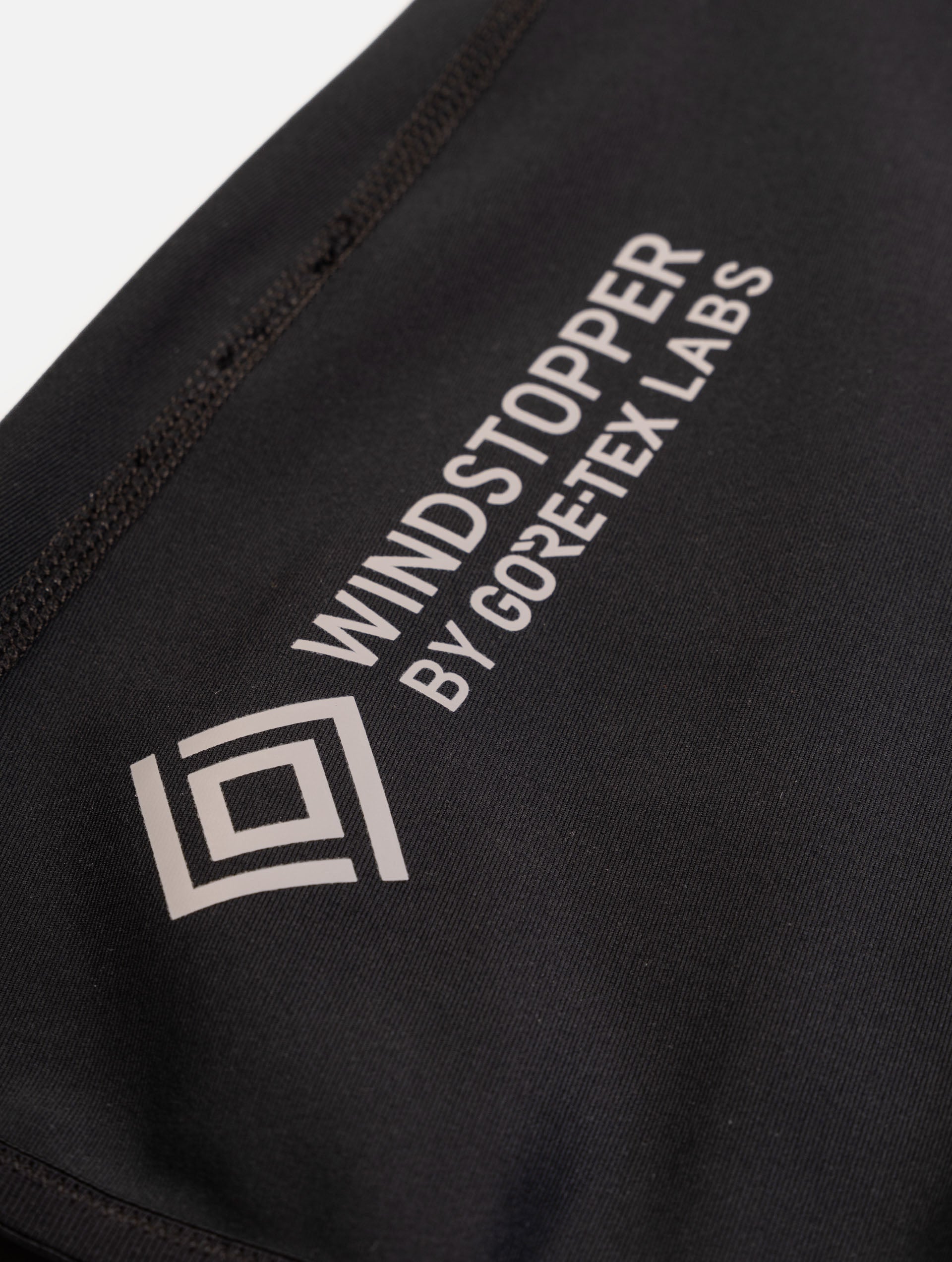
Cold Weather Tops & Jackets
Investing in good-quality running tops and jackets can transform your winter training - keeping you comfortable, warm and protected from wet and wind.
Jackets with wind-blocking panels and water resistance will help you to stay comfortable and maintain your performance in the wind and rain. For versatility that can handle the unpredictable British weather, consider a softshell or hybrid jacket that balances warmth and protection with ventilation.
For runners wanting to invest their money on the right kit, an essential bit of kit would be a GORE-TEX outerlayer such as the Mercurial 2, which is a diverse, adaptable waterproof layer that you can use on all types of runs, from your daily mileage to weekend long runs - keep you protected at all times.
Bottom Half Essentials
Even if your legs don’t feel the cold as intensely as other parts of your body, they still need protection. Blood flowing through chilled legs can lower your overall body temperature, so it’s important to keep them warm and shielded from the elements - even if it’s just for your warm up.
Full-length running tights or thermal leggings are ideal for chilly weather. Engineered with brushed or lined interiors, well made running bottoms provide insulation, stretch, moisture-wicking to help regulate body temperature..
In milder weather you can get away with running shorts paired with compression sleeves or lightweight leggings. However, if temperatures drop below 5°C, it's best to err on the side of caution and opt for thermal tights.
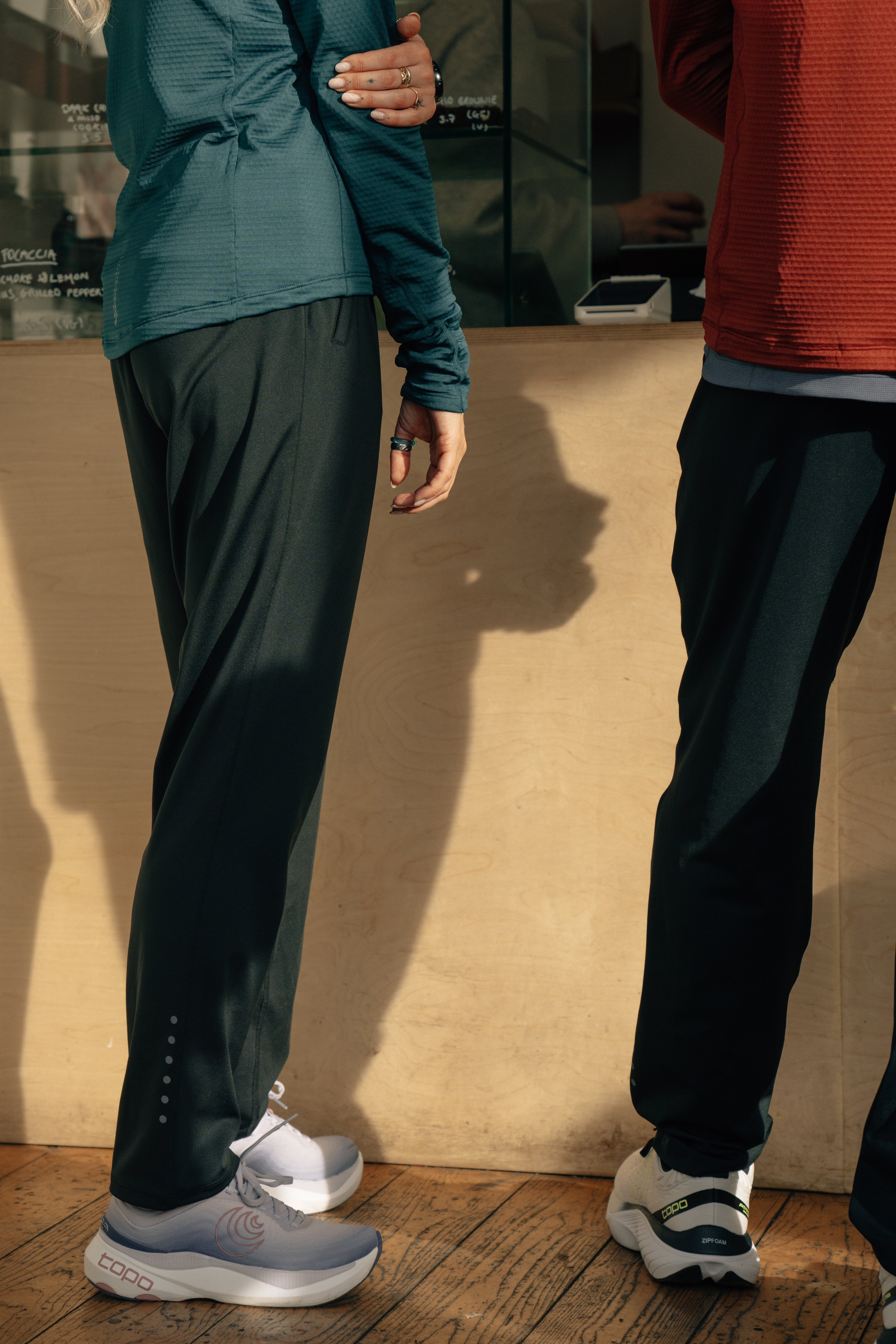
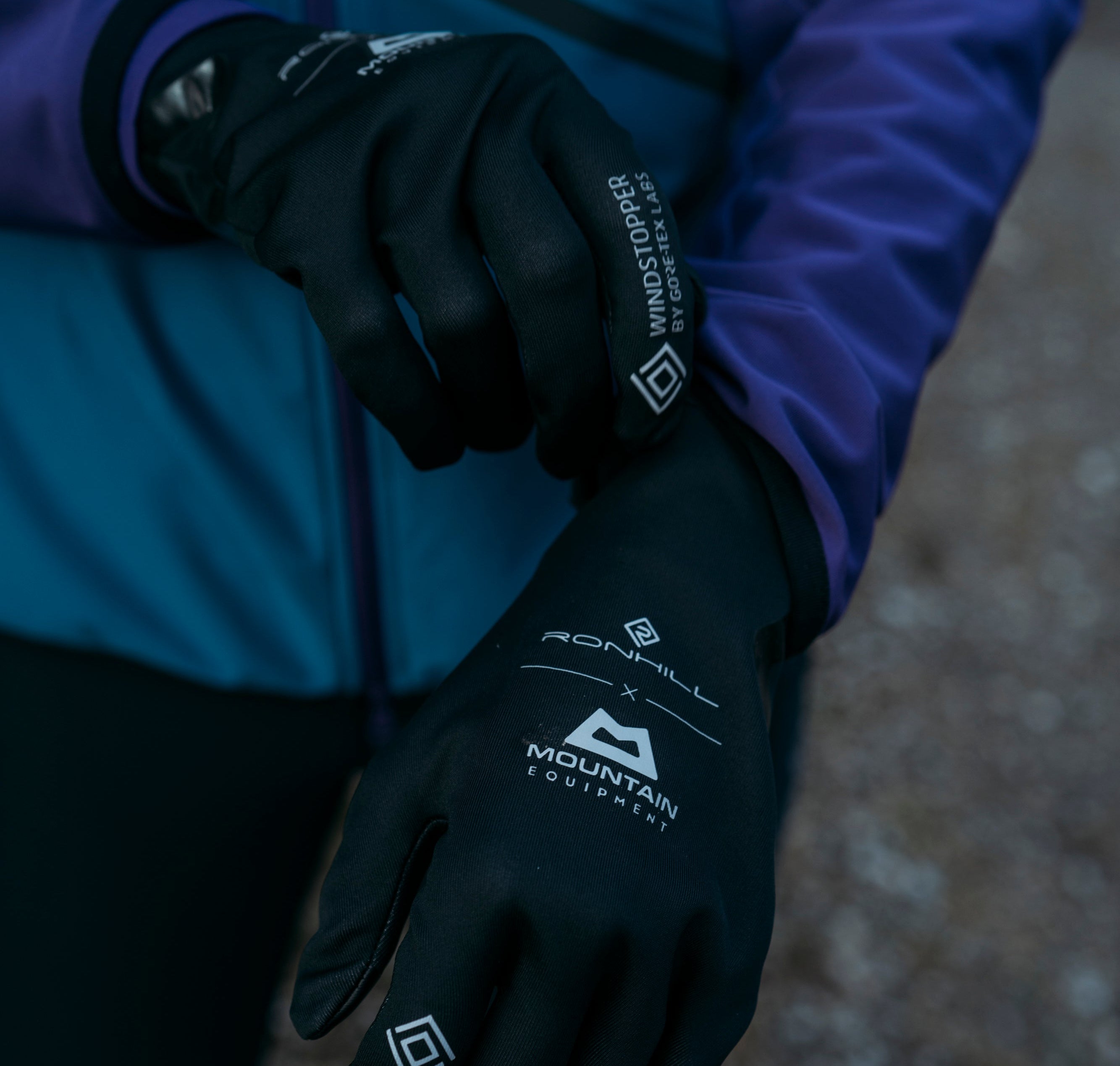
Winter Running Accessories
Accessories can make or break a winter run. Small items often have a big impact on comfort and safety. Here are some accessories to consider as the nights draw in.
Gloves: Lightweight thermal gloves help keep circulation moving in your fingers and prevent frostbite. You can get touchscreen-compatible gloves that let you check your smartwatch or phone comfortably in the cold.
Hat or headband: A thermal hat or fleece-lined headband keeps heat from escaping through your head and ears. As your head can get very sweaty, be sure to choose moisture-wicking fabrics.
Neck gaiter or buff: A neck warmer will protect your throat. In bitter weather, you can pull a versatile neck buff over your mouth and nose to keep your face from freezing.
Running socks: Merino or thermal socks will keep feet warm and dry. Try to avoid cotton socks when running in any conditions, as cotton traps moisture.
Winter Running Footwear
It may be tempting to stick with your favourite pair throughout the winter. However, standard road shoes can lose traction on icy or muddy surfaces. So, depending on the terrain you're likely to be crossing, it may be worth investing in a pair of trail runners that will provide that bit more grip and stability on wet terrain.
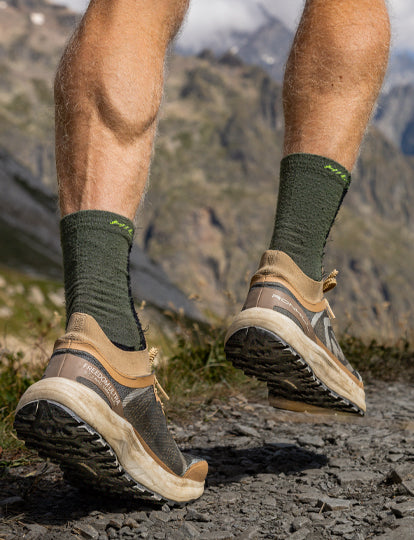
Temperature-Based Kit Planner
A change of just one or two degrees in temperature can make a big difference to your running comfort and performance. Only you know what you’re most comfortable in, but if you want to know the best way to manage winter layering, here's how we would plan your running kit based on temperature:
Above 10°C
Above 10°C, a lightweight long-sleeved top or (depending on wind-chill) even a short-sleeved T-shirt may be enough to keep you comfortable. Pair this with breathable leggings or shorts, and focus on moisture management over insulation.
5–10°C
As temperatures lower, you need to start adding thermal layers. A moisture-wicking base layer, a light mid-layer, and full-length leggings or tights are ideal. You can add gloves and/or a headband on windy days, and keep a weatherproof jacket ready for rainy and blustery days.
0–5°C
At this point, you need to get serious about layering. Combine a thermal base with an insulating mid layer and a wind-resistant jacket. Full-length thermal leggings, gloves, and a hat or neck warmer are important for colder days and more extreme conditions.
Below 0°C
Temperatures below zero can be dangerous, so you need a kit that offers maximum protection. Look for a moisture-wicking base with thermal properties, a warm mid-layer, and a weatherproof outer shell. Add thermal tights, gloves, a hat or headband, earmuffs, and a neck gaiter as needed. Double-layered insulating socks can be a game-changer if you're prone to cold feet.
Even in temperatures this cold, your body will quickly warm up as you start running, so avoid over-layering or picking bulky insulation. It may take a bit of experimentation to find a kit that gives you enough (but not too much!) warmth, comfort, and freedom of movement in below-zero temperatures.
Adapting Your Kit
Here are some tips to help you manage your temperature and defend against bitter weather on the go:
- Warm-up strategy: Dynamic stretches and a good warm-up will help your muscles adapt before stepping into the cold. So try not to dress too warmly before you begin. It’s best to start slightly cool, as your body temperature will rise as you go.
- On-the-go adjustments: Zips, vents, and removable layers help you to warm up or cool down and manage sweating on the road. Be aware of your changing body temperature and make adjustments as you go.
- Pre-run check: Always check the weather forecast before heading out. Adjust your kit for rain, snow, visibility, and wind chill as well as temperature.
- Run type adjustments: You need to take into account the type of run you’re planning when deciding on your kit. For speed work or shorter runs, you can get away with lighter layers. For longer endurance runs, prioritise warmth and weather defence.
Winter Running Kit Checklist
Before heading out on your winter run, make sure your kit includes the following items:
- Thermal base layer
- Insulating mid-layer
- Windproof and waterproof gear
- Full-length thermal tights
- Gloves, hat, and neck gaiter
- Moisture-wicking socks
- Water-resistant running shoes
- Reflective accessories and lights
Winter Running FAQ's
How do I prevent overheating on a long winter run?
Start slightly cool. As you warm up, your body temperature will rise, so layer with zips or vents you can open on the move. Technical fabrics will wick moisture away and keep you cool.
Is running in the cold dangerous?
Start slightly cool. As you warm up, your body temperature will rise, so layer with zips or vents you can open on the move. Technical fabrics will wick moisture away and keep you cool.It can be, but preparation will keep you safe. Exercising in cold weather poses little risk if you stay warm and hydrated. Use layers and be careful on icy surfaces.
Should I cover my face when running in the cold?
A lightweight face covering is helpful in temperatures below freezing or when the wind chill is severe. Avoid heavy scarves, however, as they retain moisture and can freeze in extreme cold.
Do I need winter running shoes?
Shoes designed for winter conditions give extra traction and weather resistance. Trail running shoes or shoes with water-resistant uppers will protect your feet from slippery surfaces and damp, cold conditions.
Can I use my summer running kit in winter with adjustments?
You can adapt some summer running items, but your core kit should change. For example, your summer running top could become the mid or base layer of your winter running kit. Ultimately, however, purpose-built winter running gear offers the best comfort and performance.

